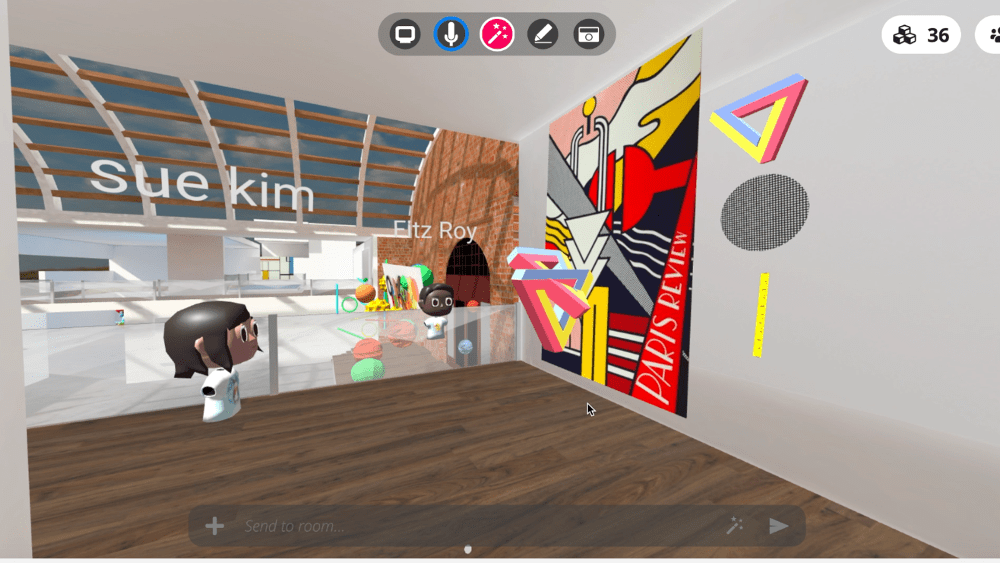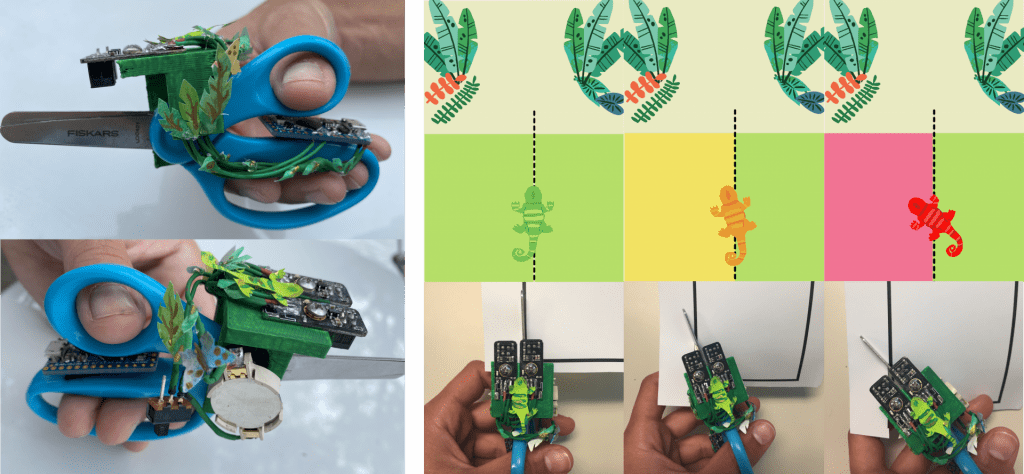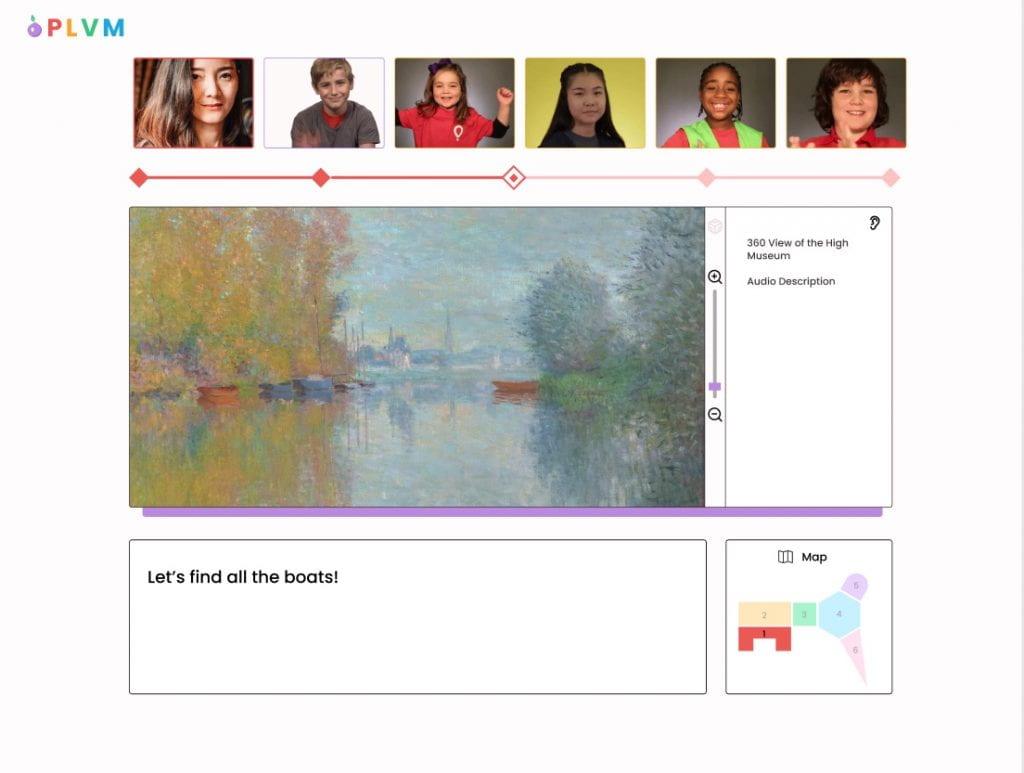
Description
Art is an important factor in child development. Research has highlighted art education’s role in children’s acquisition of the economic, cultural, and civic capital required to sustain a communities’ cultural resources. For K-2 learners, art education also contributes to the development of fine motor skills, cognition, and interpersonal relationships. The incorporation of art museum visits into school curriculum is one of the ways students can have repeated, sustained engagement with art. Recognizing this, many art museums provide digital resources to support the integration of these resources into classrooms, but little research investigates classrooms’ use of these resources. Additionally, little research investigates technology designs that support interactions and needs of K-2 learners, teachers, art museum educators, and docents in fully remote art education settings.
This project uncovers key implications and design requirements for developing effective, remote art education environments for K-2 learners and educators. From these requirements we made novel, instrumented tangible tools that can create beneficial learning opportunities where K-2 learners can practice fine motor skills and age-appropriate art principles. This project also studies how the integration of these tools into virtual environments can support K-2 learners in remote settings.
Understanding K-2 Remote Art Education Needs
Repeated, meaningful art education experiences for young children are often coordinated across school settings, which support daily art encounter opportunities, and museums, which provide more isolated encounters with artworks. To understand the needs of classroom and museum educators in remote K-2 settings, we conducted a needs survey and interview. We developed 3 sets of design requirements covering their needs. We also developed a novel typology of existing art education platforms, identifying where educators’ needs are and are not met.This project is described in our 2022 Interaction Design and Children (IDC) Paper: Ready, Set, Art: Technology Needs and Tools for Remote K-2 Art Education
The Chameleon Clippers
Lead: Gennie Mansi, HCC PhD student

To satisfy the need for young learners to receive appropriate feedback as they practice fine motor skills in remote environments, we created the Chameleon Clippers. This low cost instrumentation of classic school scissors uses line sensors and a custom built Processing application to alert users when they deviate from the line they are attempting to cut.
This project is described in our 2022 Computer-Supported Collaborative Learning (CSCL) paper:
Mansi, G., Boone, A., Kim, S. & Roberts, J. (2022). Chameleon Clippers: A Tool for Developing Fine Motor Skills in Remote Education Settings. In Proceedings 2022 International Conference on Computer Supported Collaborative Learning (CSCL). Hiroshima, Japan and online. Best design paper nominee
PLVM: Play and Learn in the Virtual Museum
Lead: Sue Reon Kim, MS-HCI

Increasing shifts to online and remote education in recent years — greatly augmented by the Covid-19 pandemic — have created a new challenge for museum-based art educators: How can young children have impactful art engagement experiences on remote museum tours?
In this project, I explore the K-2 art educators’ pedagogical needs in facilitating the remote art tour through co-design, and offer a technological solution, Play and Learn in Virtual Museum (PLVM). PLVM (pronounced as Plum) is a web-based digital platform for K-2 art educators and students to aid the followings:
- Simple technology set up for students (3 point setup)
- Ability to deeply looking at the art utilizing different interaction models such as discussion, drag-and-drop, point, multiple choice and storytelling
- Integration with existing educational tools and different media such as 360 view, youtube, google slides, and images from the museum collection database
- Sharable hands-on activities
- Texture sound for the 3D elements
This platform offers both moderated and unmoderated versions to make it more accessible for limited resourced art educators.
Demo Video
Project Team
- Gennie Mansi, HCC PhD candidate
- Sue Reon Kim, MS-HCI graduate
- Ashley Boone, HCC PhD student
- Jessica Roberts, Faculty